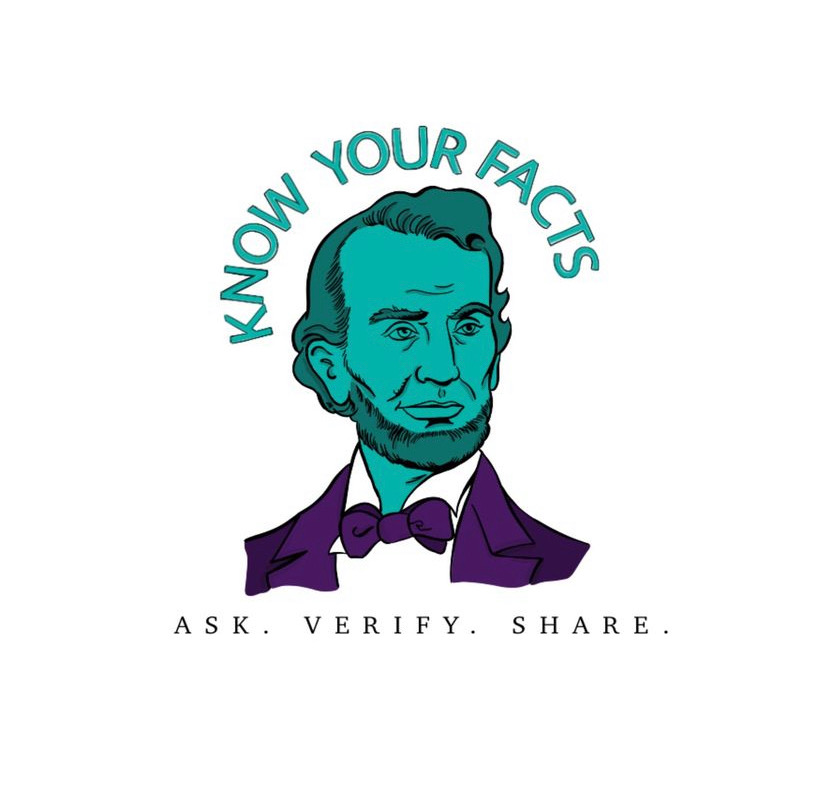By Trinity Langan
True news is better than misinformation. Do you know what is false?
Media literacy is the number one skill needed for determining false information from real news. Media literacy is using critical thinking to judge the reliability and credibility of news and information. Approaching each piece of news you find with critical thinking can help prevent misinformation.
According to the nonprofit, nonpartisan News Literacy Project, 59% of Americans say it is hard to identify false information portrayed as truth on social media. Additionally, 63% of people worldwide report the average person can not tell good journalism from rumors or falsehoods. Given the importance of the First Amendment in the U.S., having a trust in real journalism is central to the health of democracy.
Many people experienced these anxieties firsthand during the coronavirus. The National Library of Medicine summarized this experience: “Misinformation further aggravates an already complex emotional situation.”
You might recall watching the news around this time and seeing one channel with a supposed expert explain one set of rules while another on the next station said the opposite. I remember my family and I were conflicted in trying to decide what we could do, where we could go and who we could see. It seemed as though everyone had a different idea of what was safe that they had heard from some media outlet.
Apart from anxiety, misinformation can help people draw unnecessary conclusions. For example, a social media post once reported Tom Holland and his longtime girlfriend, Zendaya Coleman, had engaged. This was later announced by more reliable sources as false information. However, the rate at which this rumor circulated was shocking and many were fooled into believing this attractive celebrity drama tidbit.
My fellow Eagle PR students are teaming up to arm our campus with the tools needed to detect fake news. Some starting tips via the News Literacy Project include:
· Noticing unknown web addresses
· Noticing obvious bias by authors
· Noticing overly dramatic headlines
· Noticing questionable dates on a story
· Noticing quotes from different times and locations
A basic, simplified approach one can take is to:
1. Ask questions. (Ask)
2. Verify the sources. (Verify)
3. Share the knowledge learned. (Share)
The News Literacy Project offers a great website, rumorguard.org, for determining the truth of a claim or headline found online. In addition, the group also offers the free Informable app, with short, fun games and quizzes to learn the difference between facts, opinions and ads. You can also sign up for the group’s weekly email newsletter, Get Smart About News, or check out the podcast “Is That a Fact?”
Our campaign is bluntly titled Know Your Facts. You can find more information on media literacy and detecting false information on our Twitter, Instagram and Facebook under @knowyourfacts.oc and at www.knowyourfactsOC.org. Join us in cultivating a calmer news and social media experience less consumed by false headlines, and let us all celebrate Spider-Man is not yet married.
Trinity Langan is a Public Relations and Social Media junior at Oklahoma Christian University. She is active in Eagle PR, the university’s student-run PR firm, and a member of the Public Relations Student Society of America.












Be First to Comment